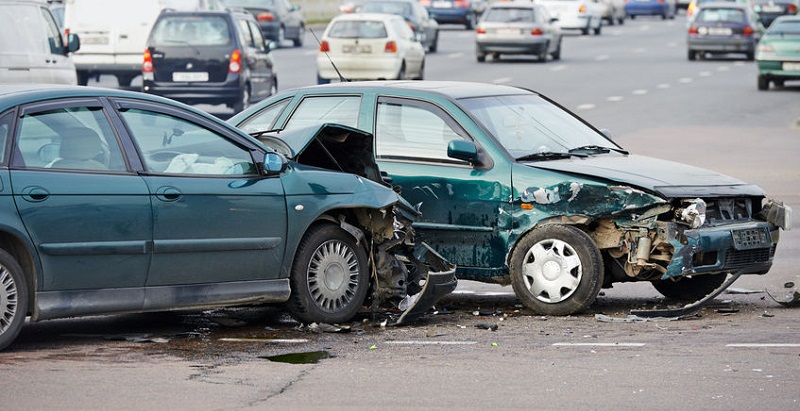Colorado has seen a 24 percent increase in auto accident fatalities in the past two years. In 2016, there were 605 traffic deaths, an increase from the 547 deaths noted in 2015.
Looking at the Year’s Statistics and What They Mean for Drivers as 2017 Comes to a Close
As the year ends, safety officials have finalized the official 2016 crash statistics. The National Highway Traffic Safety Administration (NHTSA), gathers and analyzes detailed information from each U.S. state so officials can pinpoint zones of concern. While there were some areas of improvement, authorities say there are still way too many lives lost in accidents involving vehicles, motorcycles, and pedestrians.
Highs and Lows of 2016 Traffic Stats
According to NHTSA, 37,461 lives were lost last year in fatal accidents, a 5.6 percent increase from 2015. While disappointed in this increase, NHTSA did find some good news mixed among the statistics:
- When it came to distracted driving, there were 3,450 deaths attributed to distracted drivers, down by 2.5 percent from 2015.
- 2016 also showed a decrease in drowsy driving Authorities say 803 people lost their lives due to driving while drowsy, but that was a 3.5 percent decrease as compared to the number of deaths in 2015.
While a decrease in deaths is always welcome news, authorities say huge areas of concern still remain when it comes to traffic safety. Specifically, speeding, drinking and driving, and non-compliant seat belt use continued to kill in 2016. In addition, more motorcyclists and pedestrians died last year than in the previous year. When comparing 2016 statistics to 2015 statistics:
- 10,497 people died in drunk-driving accidents, an increase of 1.7 percent.
- Speeding-related crashes killed 10,111 people, an increase of 4.0 percent.
- Passengers killed who were not wearing seatbelts totaled 10,428, an increase of 4.6 percent.
- 5,286 motorcyclists were killed last year, a 5.1 percent increase from 2015 making it the largest number of bikers killed since 2008.
- Pedestrians fared even worse than motorcyclists. There was a 9 percent increase in pedestrian accident deaths in 2016 totaling 5,987 fatalities, the highest number of pedestrians killed since 1990.
- And finally, 840 bicyclists were killed last year, a 1.3 percent increase.
Colorado Shows Huge Uptick in Traffic Deaths
When it comes to traffic deaths in Colorado, there isn’t any good news. According to the Colorado Department of Transportation (CDOT), there has been a 24 percent increase in Colorado auto accident deaths in the past two years. In 2016, there were 605 traffic deaths, an increase from the 547 deaths noted in 2015. According to authorities, there are several reasons for the rise in fatalities – a lack of seat belt use among vehicle occupants, risky behavior, such as speeding, distracted driving, driving drunk, and motorcyclists not wearing a helmet.
This year, CDOT has spent well over $3 million and is working with nonprofit organizations and law enforcement officials to conduct programs to try and reduce the number of fatal accidents on Colorado roads. CDOT has also spent $100 million on road safety projects in hopes of reducing fatal crashes. However, regardless of what is spent in the state, authorities say drivers must also do their part to make our roads safer.
Road to Zero Coalition Aims to End Auto Accident Fatalities in 30 Years
Despite the disappointing 2016 U.S. traffic statistics, a coalition of national safety agencies continues to work on ending traffic fatalities within the next 30 years. According to the Road to Zero Coalition, the goal of setting such a high bar emphasizes just how committed the coalition is to ending traffic deaths. As NHTSA Administrator Mark Rosekind noted:
“Every single death on our roadways is a tragedy. We can prevent them. Our drive toward zero deaths is more than just a worthy goal. It is the only acceptable goal.”
Though federal and state authorities continue to offer road safety initiatives and improvements, it’s up to drivers, motorcyclists, bicyclists, and pedestrians alike to do their part in keeping themselves and others safe on our nation’s roads.

